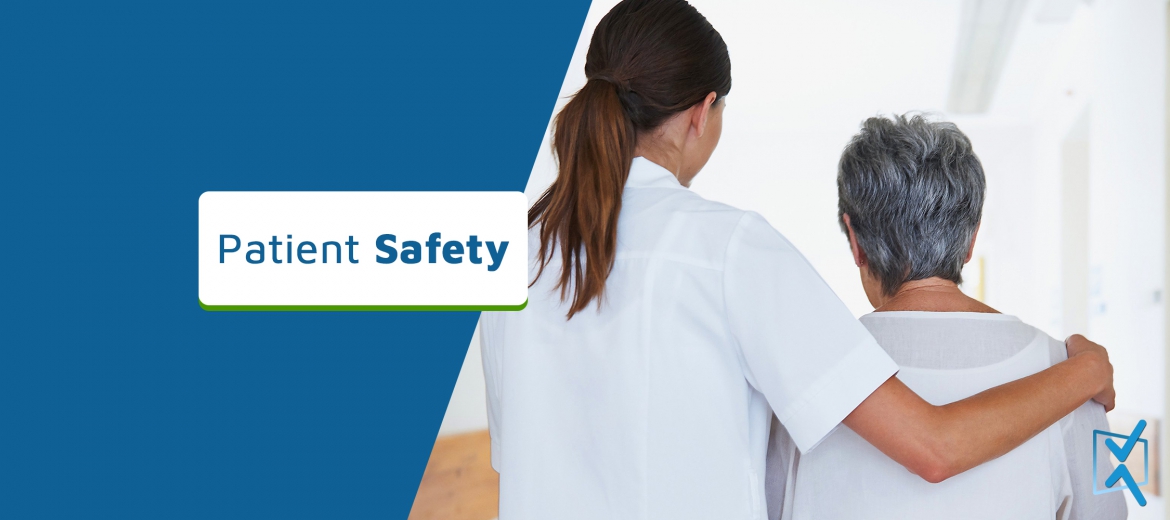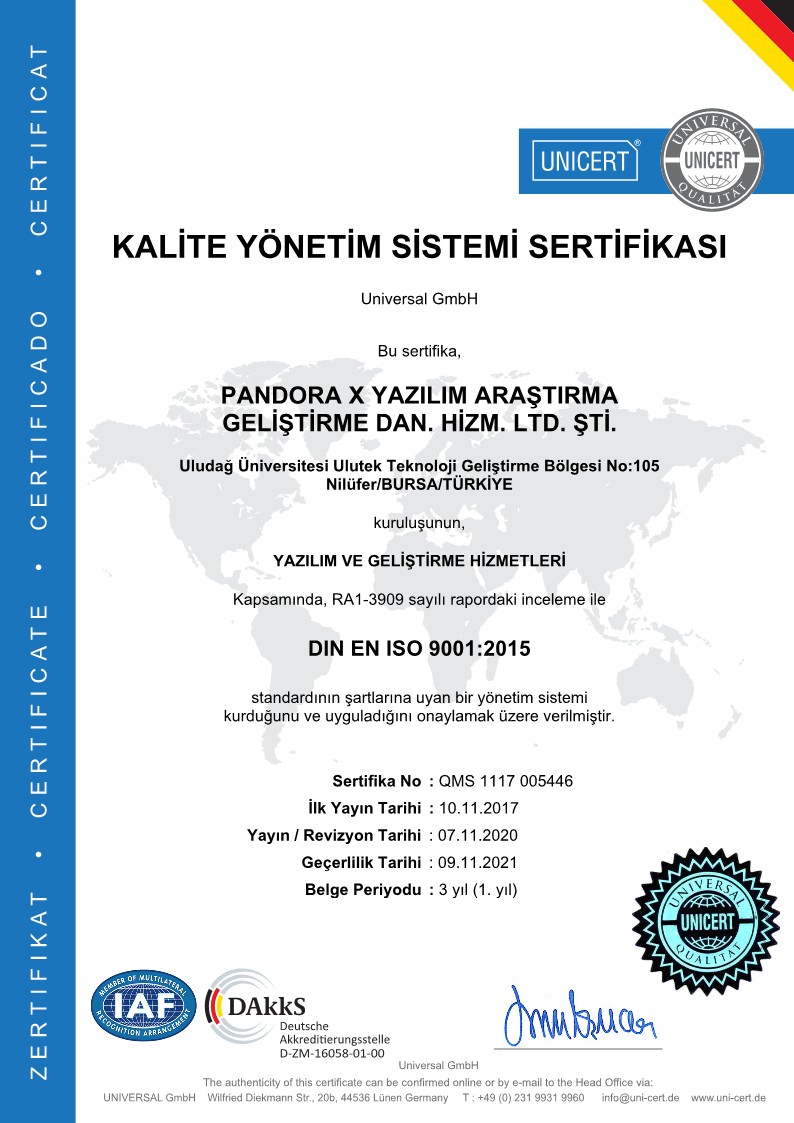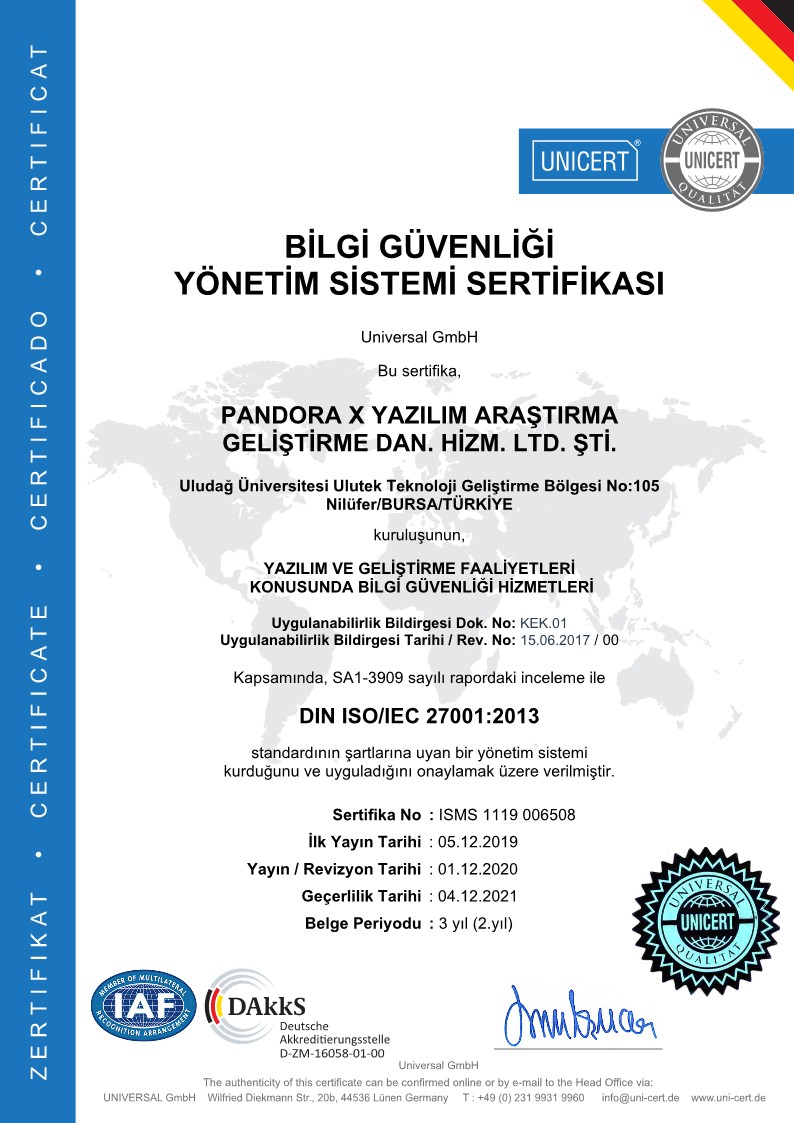Patient Safety
Patient safety is everyone's responsibility
CQC have recently carried out a review of patient safety, including never events and the use of safety guidance. The paper they released following their review stated that 'Everyone who has a role in health care or who receives care in England should recognise the importance of making patient safety a top priority'. This paper has a very clear message that runs throughout it. The message says it is crucial that organisations embrace a safety culture 'where safety is seen as a key part of everyone's job and where all can be involved in designing standard processes......and make the job of staff easier and clearer' (Opening the door to change, CQC, 2018).
The challenges
The report went on to detail some challenges in dealing with the safety of patients, across all healthcare providers.
- Time and Resources - The one thing that comes up consistently in healthcare services is a lack of time and resources. The CQC paper highlights this by saying 'with the competing pressures on staff due to high workloads, implementing patient safety alerts can be seen as just one more thing to do'.
- Accountability - Many incidents do not happen through malice, but are through under reporting, which results in neglect. This accountability can be much improved through the use of clear and effective reporting systems. Where each employee is clear on their responsibilities and are accountable for their actions, incident reporting improves both in frequency and quality.
- Communication - Effective communication is essential to improve patient safety. If there is a lack of communication methods then information regarding risk and safety cannot be shared quickly to staff teams.
- Standardisation - This helps agency staff and locums speak up with confidence when they see a standard or process not being followed.
Reporting Systems
One of the key areas in addressing safety is that of effective patient safety reporting systems. These systems, otherwise known as incident reporting systems, have allowed the strongest developments in improving patient safety. The CQC paper states that 'Effective incident reporting systems in trusts, which collect data on patient safety incidents near misses and staff concerns, are a crucial part of a well-functioning patient safety system'.
Even though incident reporting systems are a relatively new tool, they have been essential for improving safety. This is used, not only in the healthcare industry but also in other high-risk industries, such as aviation. The reason for the wide use of incident reporting systems is predominately the same. They provide a mechanism that identifies risk before it results in harm. The added benefits of an effective incident reporting system is that it offers valuable learning opportunities that can quickly be spread through all staff teams.
In healthcare, a good incident reporting system can provide frontline staff a way to report issues and potential risks quickly, easily and clearly. From there the entire staff team can work to mitigate the risk going forward.
The Solution
Pandora Care Management System is an invaluable tool in the process of improving patient safety. Each module contributes to this process, and ensures patient safety is covered from each angle, e.g. clinical, HR, finance.
The incident reporting system is an essential tool in the recording of patient safety incidents. It also allows the collection of data around patient safety so that monitoring becomes considerably more easy to do. The Task Engine facility allows each action taken around a patient safety incident to be seen in the patient's Timeline. This ensures that the actions are not missed and staff are clear on their accountability and responsibilities.




